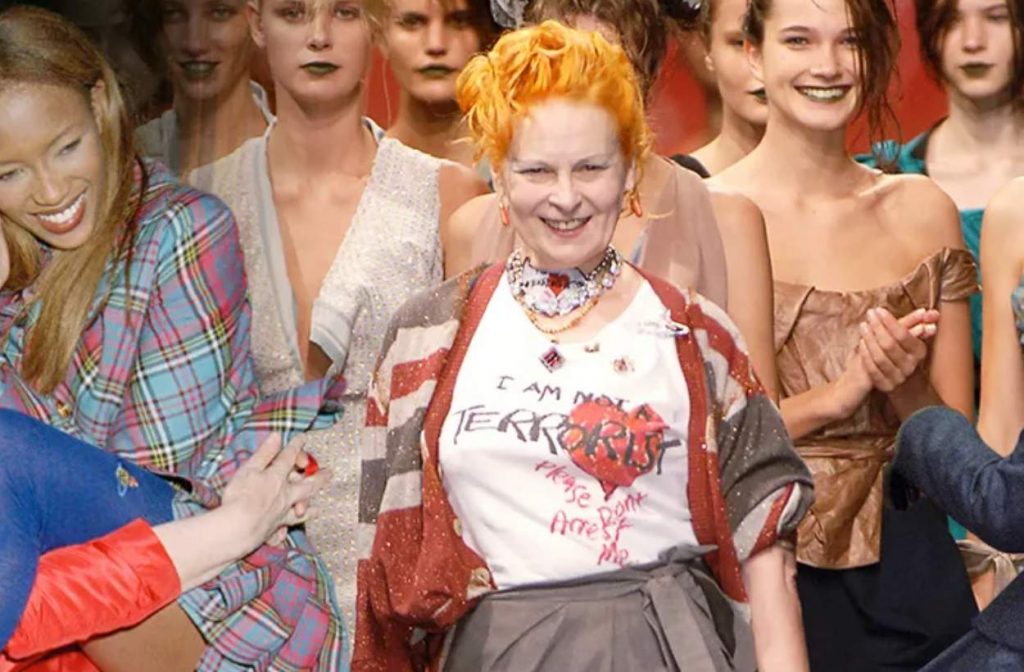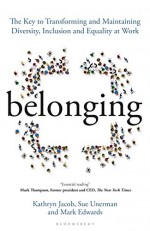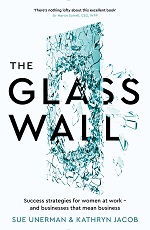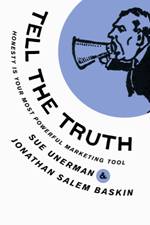
In 2008 a Chicago based marketing man Jonathan Salem Baskin wrote a best selling book: “Branding only works on cattle”. The argument in the book was that if you focussed solely on building a brand in a silo, separately from customer service and pricing, then you would never optimise the full commercial potential of that brand.
Jon and I followed up with my first co-authored book, “Tell the truth, honesty is your most powerful marketing tool”, in 2012, with dozens of case studies proving the efficacy leveraging the brand power across the whole marketing experience.
In 2023 the necessity of making sure that every aspect of a user experience is easy and smooth is more crucial than ever.
In fact, the better the brand impression the lower people’s tolerance of substandard experience.
Let’s use an analogue example to illustrate this. I really like reading paper magazines occasionally over breakfast. There’s lots of screens in my life, sometimes its good to have something to spill your coffee on without cataclysmic consequences. I love the FT and its always there on my phone as a constant companion, but it’s good to be broad in information gathering.
Last summer, after buying a copy at a travel hub and enjoying it, we made the slightly anachronistic decision to subscribe to the print edition of a prestigious UK current affairs magazine. Which we enjoyed sitting at the kitchen table. Then the postal strike happened and the magazine stopped coming. Weeks later it still hasn’t turned up, and the subscriptions department has (according to their latest email exchange) lost all our details. They’ve suggested I look at the packaging from the last issue and send them a number from a corner of the envelope. Unfortunately, since I had no idea that the last magazine was the last I would see, I failed to preserve the envelope and it is long since in the recycling bin. In fact, I imagine that by now it has been recycled into something new and exciting. (Perhaps a paper hat?) Had I known I would of course have kept the packaging with the reverence due any such relic.
Anyway, as you can tell, the whole thing is more annoying because I hold the product and the brand in high regard. Its an intelligent read. I expect the subs team to know what they can do to solve things. Sadly, it may soon be farewell to the whole experience. Had this been a more frivolous magazine, Private Eye perhaps, or Viz, then my expectations would be much lower.
If every aspect of your customer experience does not support, or even exceed, the promise of the brand then you’re limiting your business and its growth. As Andy Nairn writes here, this includes how your employees are feeling. Not just the ones that are customer facing but all the ones with friends and families to whom they will report just how they are feeling about the workplace (ie all of them).
Perhaps if someone had picked up the phone to me from the subs team it would have been better? Perhaps the editor could have got in touch? After all he “sent” an email when I took out the sub. People have a lower tolerance of poor digital experiences as this IPA study proved where IBM’s former partner Bridget van Kranlingen commented: “The last best experience that anyone has anywhere, becomes the minimum expectation for the experience they want everywhere”. Not just want, expect. Especially from a brand with high quality associations.
Every brand needs to take every opportunity to optimise and drive customer value with a joined up experience to fulfil the expectations driven by the best brands. Any siloes, whether they originate in legacy agencies or internal politics, will risk your brand losing out to the competition. A token effort to bridge siloes doesn’t work. Organising and building for one customer experience is crucial.






There are 48 ways to be creative. Here’s number 10: Build communities.
Friday, March 3rd, 2023What’s creativity for?
One use is creative destruction.
To destroy and to clear away old and legacy models so as to allow you to create new mores and standards. Sometimes it is impossible to create the new if the heritage of the past hangs heavily on your organisation or culture.
If this is your intention then building a community can enable you to get support from the crowd and is a good place to start.
For many millennia your community meant a local community in real life within a few miles from where you were born. Most people knew the same people all their lives, for good or bad, and stayed in touch. It was only really in the second half of the twentieth century that family units became smaller and more independent, and it became more of the norm to move away from friends and family and from your place of birth. Urban landscapes changed so that you didn’t stay in contact constantly with your neighbours, and, especially in London, you might never meet them. Modern life became weird.
With the internet came social media allowing communities to be reinvented. Friends Reunited, MySpace, Second Life and of course Facebook allowed human beings to fulfil a deep rooted emotional need to connect. A child of the millennium can stay in touch with everyone they were at school with all their lives (should they wish to that is of course). As contact has grown so too has ghosting.
Social media also allowed people with passions to connect. Until this flourishing in the early 21st century if you had a passion for collecting or crafting or a geeky interest in a niche topic you were pretty much on your own unless you found a club in real life to join. If your passions were niche, the chances of this were minimal before Twitter, Pinterest and Instagram gave us communities of interest around anything you can think of from cookies and quilting to independent bookshops.
Of course, before social media there were ways to find out about your passions and magazines thrived from feeding them. The strategist John Grant called them catalogues of passion, not simply paper and print. They allowed people to connect with people they didn’t know in real life who shared their interests, and this was and is enriching on a personal and a creative level.
People with passions are curious about their topic (unceasingly). People with passions connect despite other differences of age, class, gender, race, sexuality, even politics. They connect across barriers. And if you can create communities that are passionate about your business then it can step change your profitability.
People with passions can create, (and can destroy). If you can harness this, you can stepchange the success of your project, venture or brand.
Justine Roberts is the co-founder of Mumsnet, a social media platform that gave a voice to the silent. If an idea catches hold there, it makes national news. Her community famously gave UK Prime Minister Gordon Brown a tough time because he was unable to name his favourite biscuit. The Mumsnet community can create success and failures. As Roberts once said to me: “If they like your ideas then they will tell everyone, and if they don’t then they will tell everyone that too.”
The #metoo and @everydaysexism communities on Twitter have created new societal norms where silent millions have gained a voice and wielded power.
Tiktok, Instagram, Pinterest and the rest all deliver communities and connections. If you’re facing a situation that needs change and creativity, reach out to or create a new community and harness the power of the people.
Posted in MediaComment | Comments Off on There are 48 ways to be creative. Here’s number 10: Build communities.